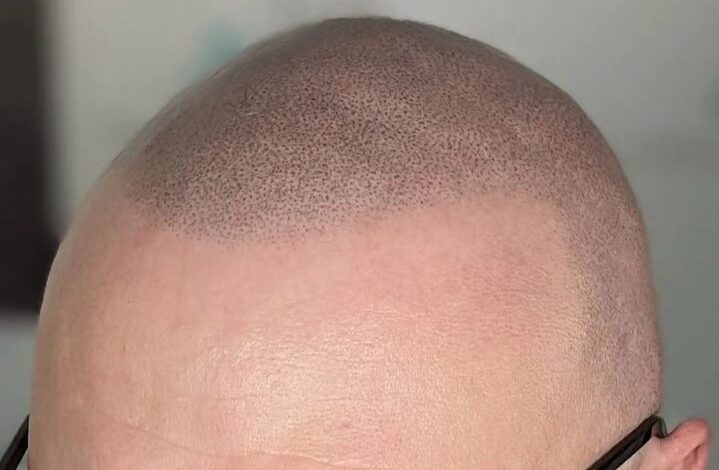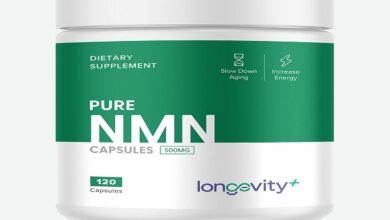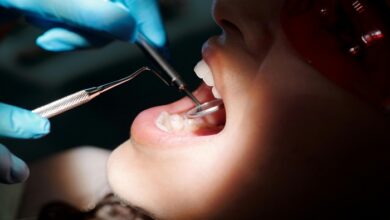Behind the Scenes: The Artistry and Precision of SMP Procedures

Hair loss, balding, scarring, or hair restoration?
Whatever the reason is, if you are seeking a natural-looking solution to these problems, Scalp Micropigmentation (SMP) stands at the forefront. The artistry of the SMP procedure has been transforming lives with its fusion of creativity, technology and scientific approach. Behind the scenes, the effort experts make to replicate the appearance of hair follicles and craft perfect hair is commendable.
In this blog, we will delve deeper into this meticulous method of breathing life into receding hairlines and restoring people’s confidence. Let’s dive in!
SMP Procedure – Steps Behind the Follicular Magic
1. The Basics
The Consultation Process
Consultation is a crucial step in SMP that will determine the direction of your treatment. It begins with the assessment of hair loss, your expectations in terms of appearance, coverage, and overall aesthetics, and your health history.
You can ask for before and after previous work, and get more details about the procedure, cost, and several sessions. Be vocal about your concerns and then ask for a customised plan.
Knowledge of the Correct Needle Size for Each Procedure
With the need to treat specific areas on the scalp, it is crucial to know the correct needle sizes for each SMP procedure.
Some standard needles include microneedles for creating fine hairline, nanoneedles for the illusion of individual hair follicles, and three-point needles for shading and softer transitions between pigments.
Five-point needles cover large areas of the scalp, and multiple needles, also called cluster needles, mimic the natural grouping of hair.
Sterilisation Techniques
When it comes to skills and precision, the foremost requirement in scalp pigmentation is sterilisation to ensure a safe and clean process. It starts with autoclaving which puts the instruments under high-pressure steam to destroy bacteria.
Medical-grade solutions are used to prevent the spread of pathogens. Gloves and barrier protections along with hand sanitization is a must during the procedure
Setting Up Your Room and Tray
To ensure safety and cleanliness, use disposable tools and disposable cups to minimise the risk of cross-contamination. Keep topical anaesthetics prepared for application, organise consumables such as cotton swabs systematically, and keep the tray draped.
2. Tools of the Trade
Specialised tools are used to create perfect hairlines in the SMP procedure, including microneedles and dermal needles, which are already discussed above.
Microblading tools are used for intricate work, pigment cups, machines and devices to automate the process, and topical anaesthetics like numbing creams and gels to minimise discomfort.
Stencils and templates are used to maintain symmetry, ensure consistency and magnify loupes for detailing.
3. Symphony of Artistry and Expertise
Identifying Skin Undertones
Identifying skin undertones for a natural SMP and choosing something that best matches the natural hair colour is crucial. Black ink is commonly used for people with dark skin and medium to dark hair. For people with lighter undertones, hair and even ginger tones, brown is a widely used colour.
Mixing Colours to Find a Natural-Looking Match
The biggest challenge in scalp pigmentation is to find a close match to the client’s natural hair colour. SMP professionals use various pigment shades from different colour families to create a custom blend. They consider the skin undertone and hair colour variation throughout the scalp.
4. The Aftermath
Pain Management
Having an SMP treatment, clients will undergo certain pain. However, the pain threshold would vary, but you can’t deny the fact that you are going to feel it.
SMP professionals are trained to help you manage the pain and make your journey more comfortable. They are careful of sensitive areas like ears and temples as there are more nerve endings there; they use numbing creams and gels to improve the patient’s level of comfort.
Providing Aftercare Instructions
Aftercare instructions are to speed up the healing process and maintain scalp pigmentation. SMP professionals design the aftercare according to different stages-
- Immediate post-treatment care: Clients must keep their scalp dry for up to four days.
- The moisturising and healing stage: It is about moisturising creams, gels, and the entire routine. Clients can expect guidance on handling scabs as well. Moreover, they are recommended to avoid saunas and steam rooms.
- Post-treatment hair wash: Professionals guide you on your washing routine and the products to be used. They usually recommend avoiding harsh chemicals or hair growth products on the scalp.
- Long-term maintenance: Clients must avoid swimming pools for a specified time as pool water has chlorine. They are encouraged to moisturise regularly and emphasise using high-factor sunscreen, preferably SPF 50, to prevent fading.
That’s about the SMP procedure! We hope you have learnt a lot about the method’s ins and outs and got acquainted with the treatment’s hidden side.
Ready to embark on your SMP journey?
Schedule a consultation with an expert SMP professional near you to regain your lost confidence and enjoy your journey towards a rejuvenated appearance!
Also Read: Exploring the Diversity of Scalp Micropigmentation: Options for Various Hair Types




